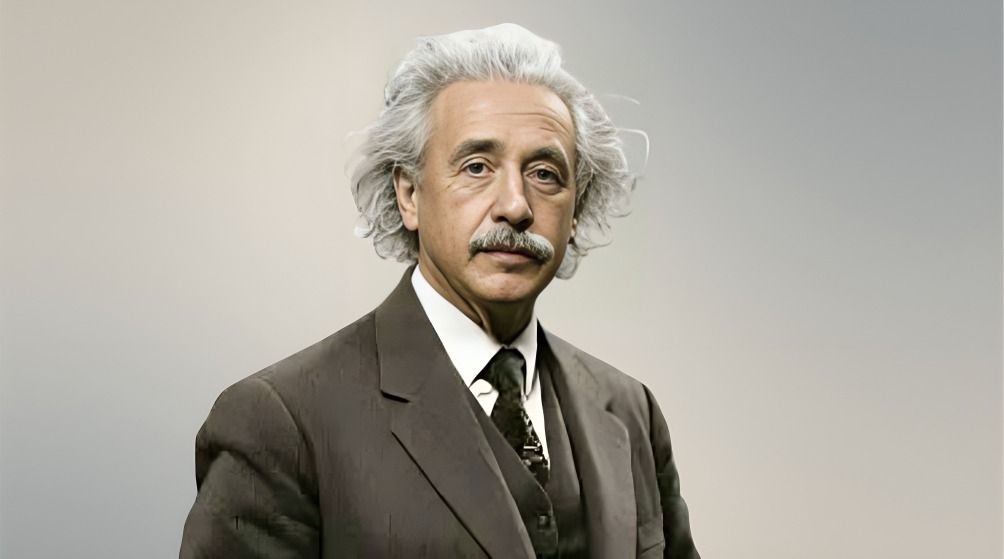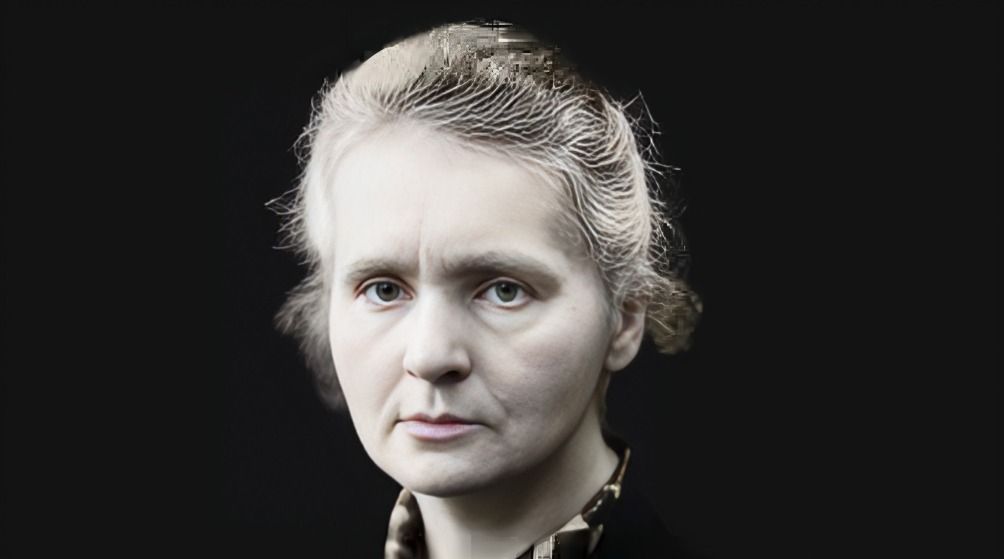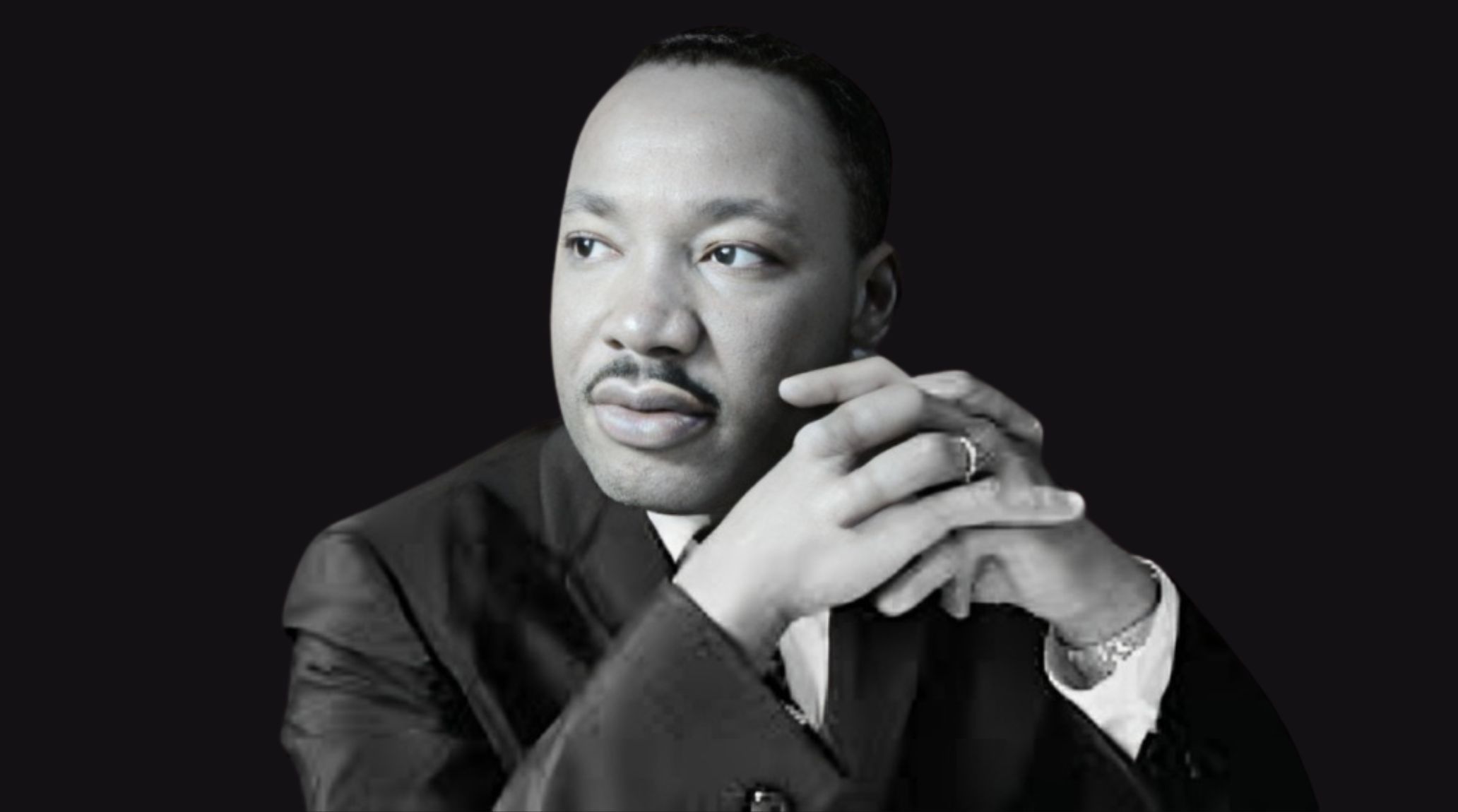
“
Martin Luther King Jr. stands as a symbol of hope, justice, and equality in the history of the United States. His powerful speeches and unwavering commitment to nonviolence reshaped the nation during the civil rights movement, leading to monumental changes in laws and perceptions. King’s vision of a world free from racial discrimination continues to inspire generations. This blog brings you 20 captivating facts about Martin Luther King Jr., revealing his life's journey, the challenges he faced, and the legacy he left behind. These facts offer insight into the man whose dream of freedom and justice drove a movement that forever changed the course of American history.1
”
Martin Luther King Jr. was originally named Michael King Jr. His father changed his name to honor the Protestant reformer Martin Luther after a trip to Germany when King was just five years old.1
King’s iconic “I Have a Dream” speech was delivered to over 250,000 people during the March on Washington in 1963. It was inspired by a spontaneous moment where he drew from his own dreams and hopes for equality.2
At age 15, King skipped two grades in high school and entered Morehouse College. He graduated with a degree in sociology at only 19, showcasing his brilliance from a young age.3

Martin Luther King Jr. was arrested 29 times throughout his life. His arrests were mainly due to his nonviolent protests against racial segregation and injustice, highlighting his commitment to civil rights.
In 1956, King’s home was bombed during the Montgomery Bus Boycott, but he remained unyielded. Instead of succumbing to fear, he called for peaceful protests, solidifying his commitment to nonviolence.4
King was a big fan of music, especially gospel and jazz. He often listened to Mahalia Jackson and was inspired by the rhythm and soul of these musical styles in his speeches.5
He formed close relationships with other civil rights leaders, including Malcolm X. Despite their differing approaches, they shared a mutual respect and vision for equality.6
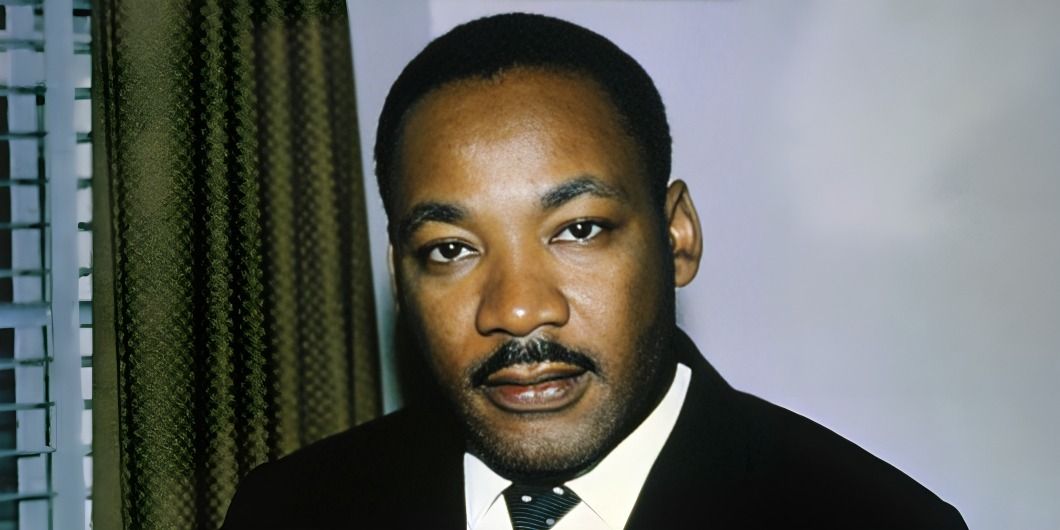
King was the first African American to be named Time magazine’s Man of the Year in 1963. This recognition highlighted his influence on civil rights and social justice.
When Martin Luther King Jr. was a child, African Americans faced tough times. Jim Crow laws enforced segregation, meaning Black people had separate schools, bathrooms, and bus sections, and they couldn't vote.7
In 1964, King became the youngest recipient of the Nobel Peace Prize at just 35 years old, awarded for his commitment to nonviolence and his efforts to combat racial injustice.8
King was an avid reader and quoted several authors and philosophers in his speeches, including Henry David Thoreau and Mahatma Gandhi, who influenced his philosophy of nonviolence.9
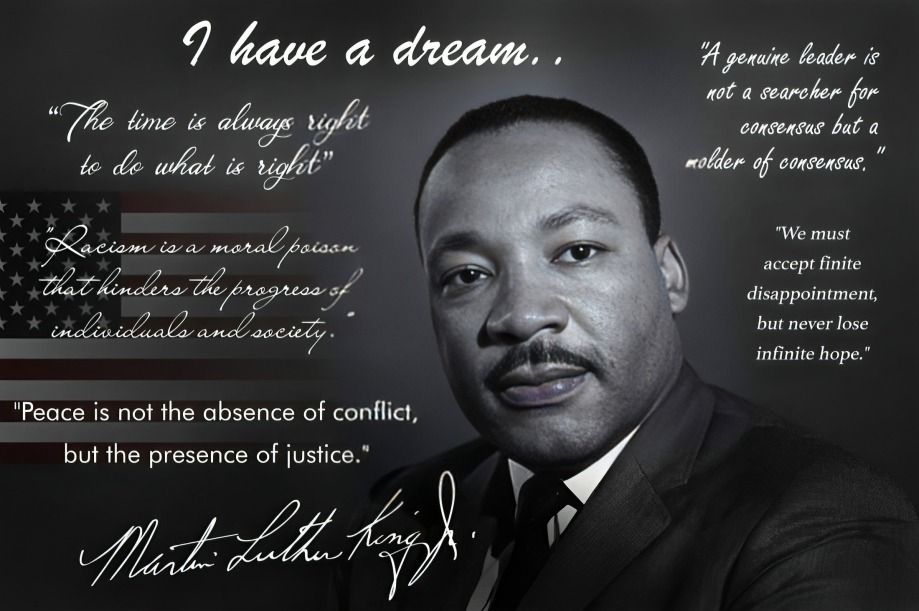
His commitment to education was evident; he often emphasized that “intelligence plus character” is the goal of true education, advocating for quality education for all children.
At just six years old, Martin Luther King Jr. experienced segregation for the first time when he was told he couldn't play with his white friend because the friend’s father didn’t allow it.10
Martin Luther King Jr. gained prominence in 1955 when Rosa Parks was arrested for refusing to give up her bus seat. He organized a bus boycott, leading to the end of segregation laws after 381 days.11
King’s activism extended beyond race; he spoke out against poverty and the Vietnam War. He believed social justice included economic rights for all, expanding the fight for equality.12
In 1964, 99 years after slavery was abolished, the Civil Rights Act was passed in the USA. It made racial segregation and discrimination illegal, promoting equality for all citizens.13
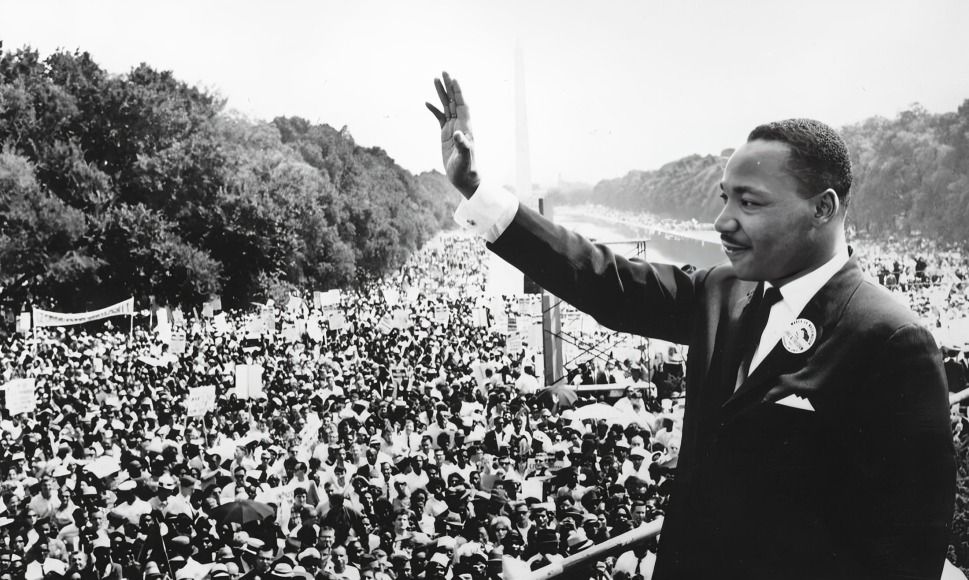
King’s birthday, January 15, is celebrated as Martin Luther King Jr. Day, a federal holiday. It honors his legacy and encourages service and community engagement across the nation.
His legacy has inspired countless films, books, and artworks. Notable adaptations include the film “Selma,” which dramatizes the Selma to Montgomery marches, highlighting his pivotal role.14
The Martin Luther King Jr. Memorial in Washington, D.C., opened in 2011, stands as a testament to his vision of justice and equality, reminding future generations of his enduring impact.15
After Martin Luther King Jr.'s death, his family won a civil case, concluding a conspiracy led to his assassination. They received $100, which they donated, seeking only the truth and justice.16

